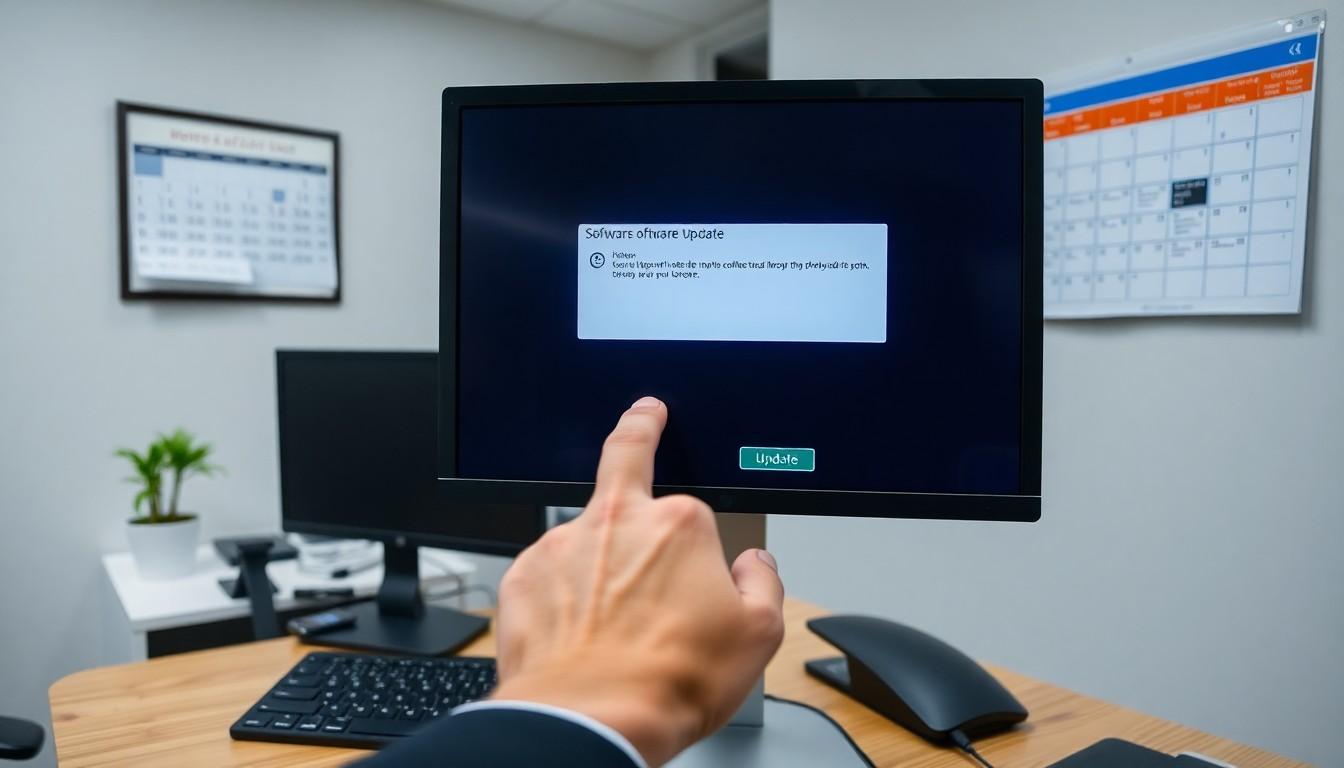Physical Address
304 North Cardinal St.
Dorchester Center, MA 02124

In the fast-paced world of technology, keeping software up to date isn’t just a good idea; it’s essential. Think of updating Bixiros.5a8 software like giving your car an oil change. Skip it too long, and you might find yourself stuck on the side of the road—only in this case, it’s your productivity that’s in the ditch.
So how often should this vital software get a makeover? The answer isn’t as straightforward as a “once a month” calendar reminder. With new features, security patches, and performance tweaks rolling out regularly, finding the right balance can feel like juggling flaming torches. But fear not! This article dives into the nitty-gritty of software updates, ensuring you’re not left in the digital dust while keeping your systems running smoothly and efficiently.
Regular updates play a crucial role in maintaining software efficiency and security. Keeping Bixiros.5a8 updated ensures that users benefit from the latest enhancements and protections.
Enhancements in functionality often manifest through frequent updates. Users experience improved performance alongside the addition of new features. Security vulnerabilities receive prompt attention, so updated software protects against emerging threats effectively. Compatibility with other systems and applications also increases, ensuring seamless integration. Regular updates foster user trust as they guarantee access to the best available tools.
Neglecting updates poses significant risks to users and their systems. Security threats leave systems vulnerable, potentially compromising data integrity. Performance issues can arise as outdated software struggles with newer applications. Users might face compatibility problems, resulting in interruptions in workflow. An absence of updates can even lead to loss of support, making troubleshooting challenging. Ignoring regular updates results in diminished productivity and a higher likelihood of costly errors.

Updating Bixiros.5a8 regularly is crucial for optimal performance and security. The frequency of updates depends on several key factors.
User needs significantly affect update frequency. Organizations may require updates more often to ensure compliance with industry regulations. The nature of software updates, whether they introduce critical security patches or minor enhancements, plays a vital role. External threats often trigger immediate updates, especially if vulnerabilities are discovered. System compatibility also influences update schedules; integration with other software might necessitate more frequent updates. Monitoring industry trends helps software users stay informed about relevant changes.
Industry standards recommend a balanced approach to software updates. Most organizations benefit from monthly updates to stay current with security patches and feature enhancements. Critical security updates often require immediate attention, regardless of regular schedules. According to the National Institute of Standards and Technology, timely software updates can reduce vulnerabilities by up to 85%. Many technology providers advocate for a quarterly review of functionality improvements, ensuring compatibility and performance remain optimal. Organizations often establish procedures that incorporate feedback and security assessments into their update cycles.
Maintaining Bixiros.5a8 through regular updates is crucial for security and performance. Consider these best practices to ensure effective management.
Establishing a consistent schedule for updates enhances reliability. Regular monthly updates address security vulnerabilities and keep the software in line with industry standards. Some organizations may require specific compliance timelines, necessitating more frequent updates. Prioritizing critical updates ensures immediate attention for significant security patches. Technology providers often recommend reviewing new functionalities quarterly to incorporate relevant improvements. Implementing reminders or automatic scheduling aids in not missing update opportunities.
Testing updates before widespread deployment mitigates risks. A small-scale, controlled rollout allows identification of potential issues without affecting the entire system. This approach fosters user confidence in the stability of the software. Further, performing regression tests can validate that existing features remain functional after the update. Engaging with users for feedback during testing phases enhances overall satisfaction. Using a systematic testing process reduces the chance of unforeseen complications post-deployment.
Regular updates for Bixiros.5a8 are essential for maintaining software efficiency and security. By adopting a proactive update strategy organizations can significantly reduce vulnerabilities and enhance overall performance. Prioritizing critical updates and establishing a consistent schedule ensures that users benefit from the latest features and protections.
Organizations should remain vigilant about emerging threats and adapt their update frequency accordingly. Engaging users during testing phases can further foster trust and satisfaction. Ultimately a well-managed update process not only protects against potential risks but also promotes a seamless user experience. Staying current with updates is a vital step in optimizing software performance and safeguarding productivity.